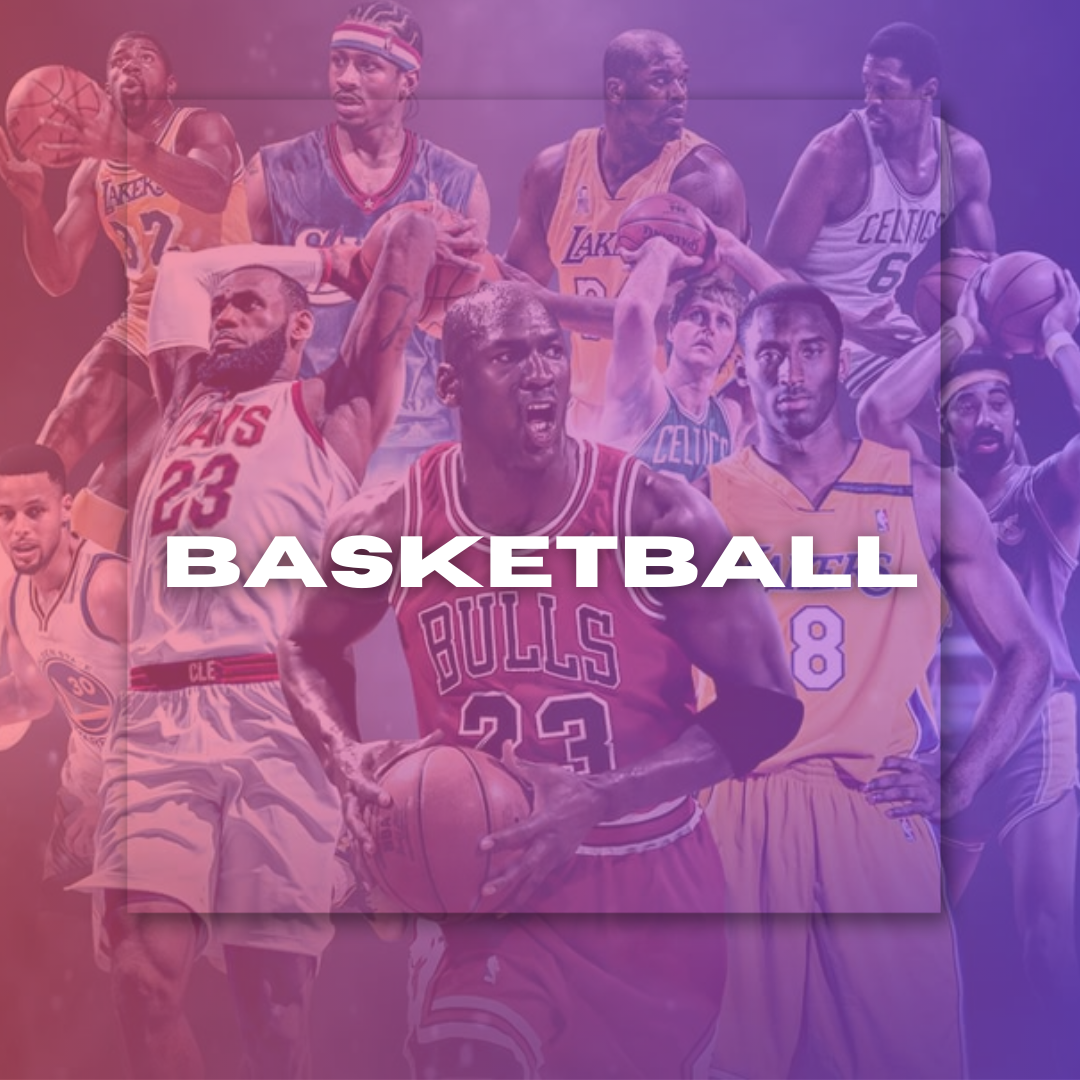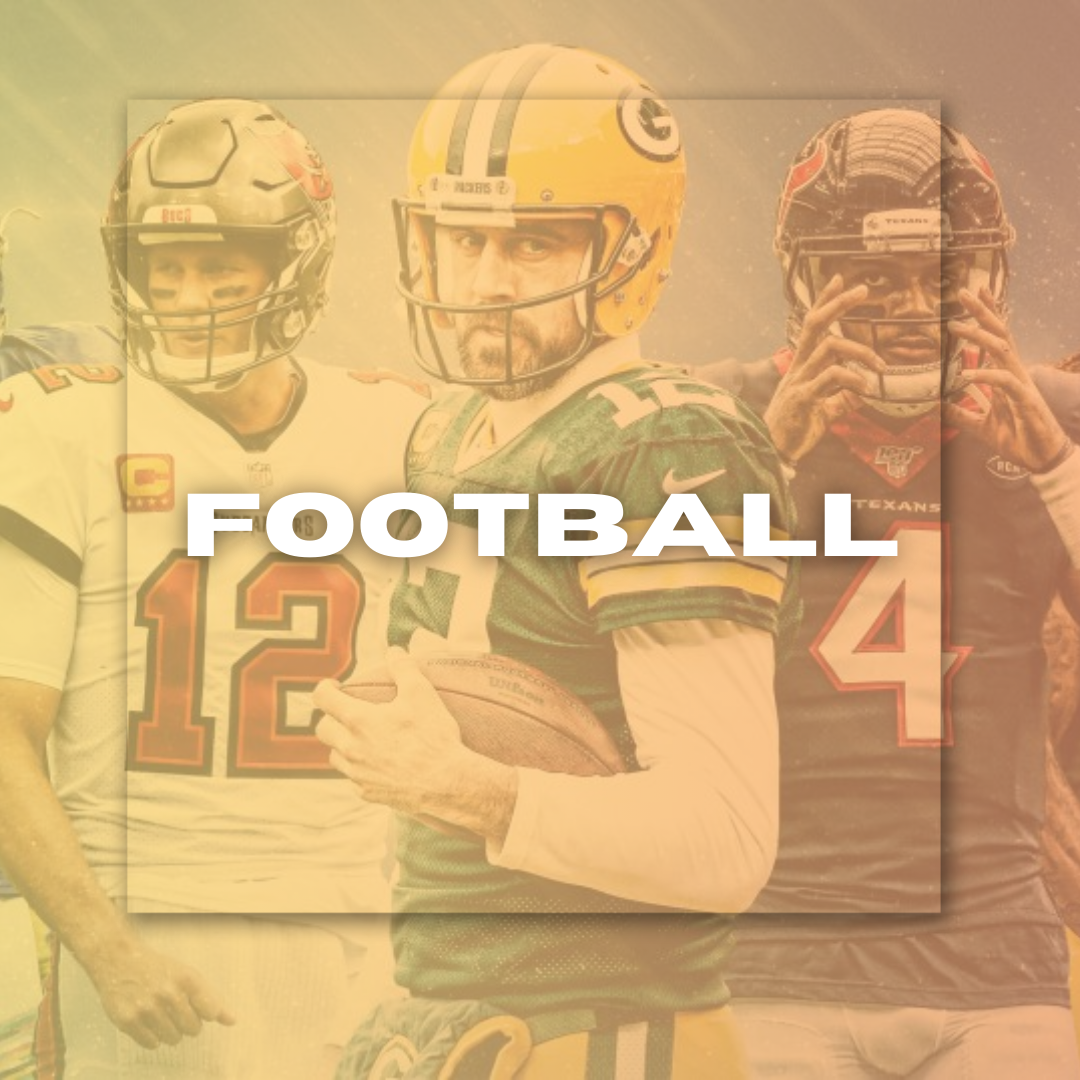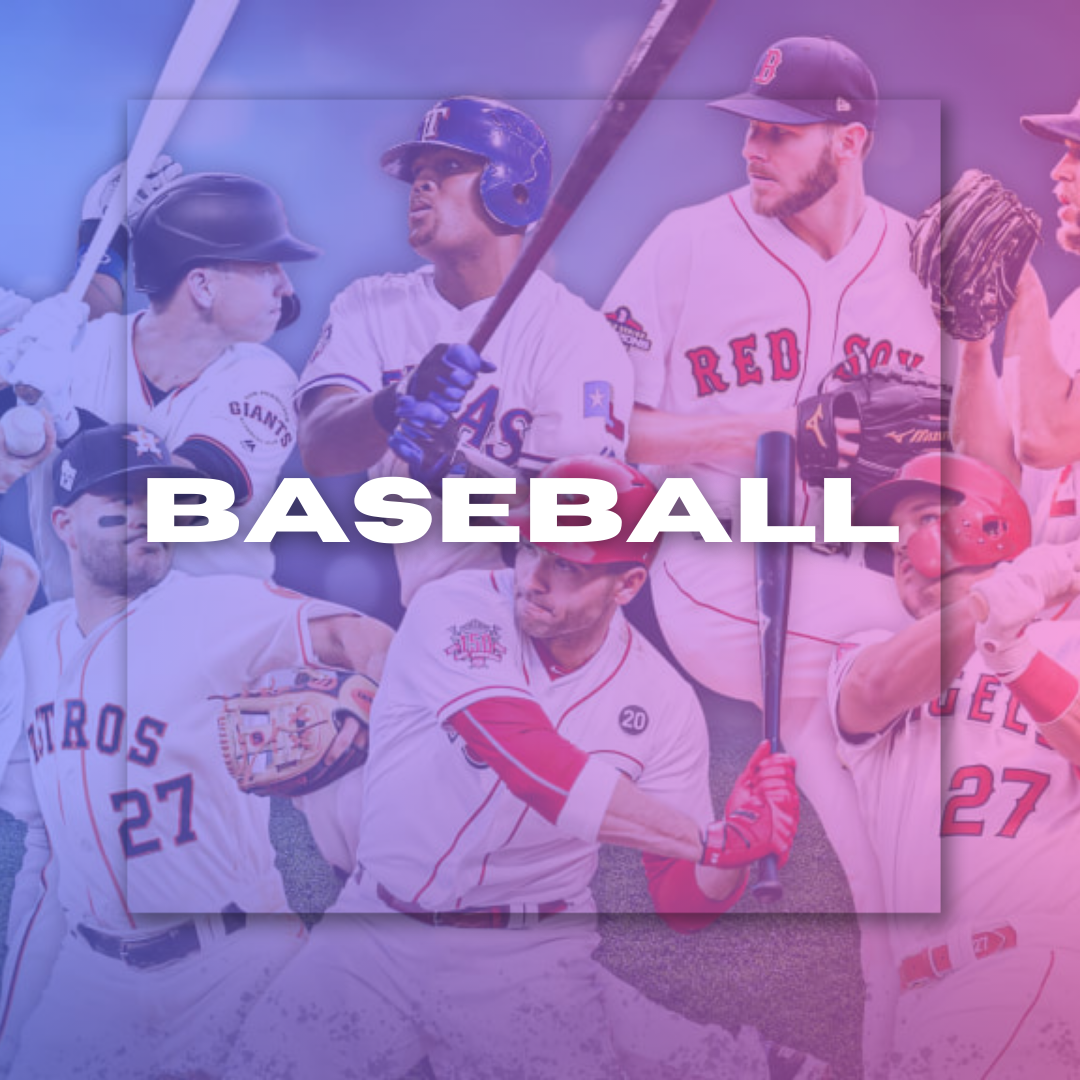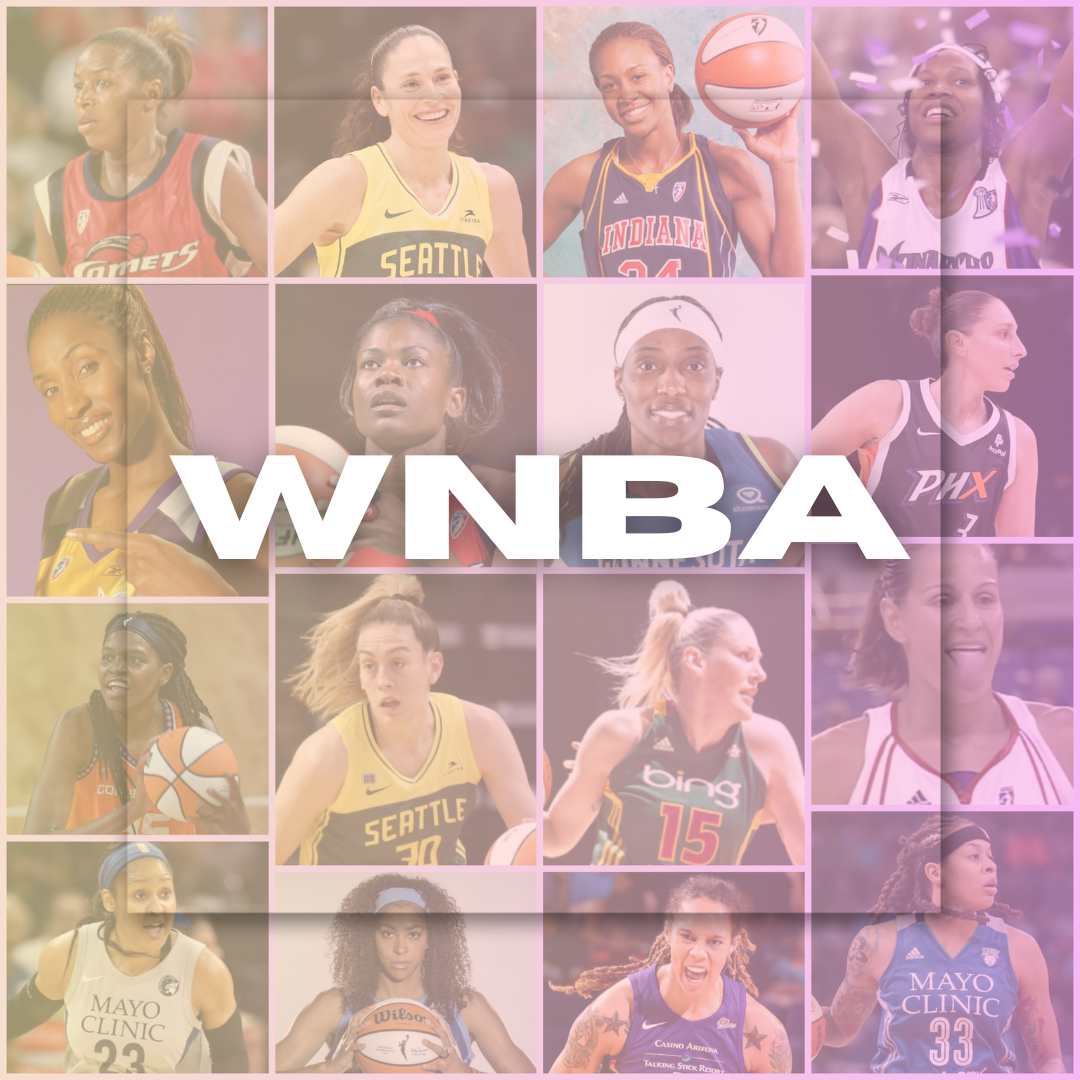
Expansion of the NBA: Should the League Enter New Markets?
Expansion of the NBA: Should the League Enter New Markets?
By Edcel Panganiban August 19, 2024 23:35
The popularity and revenue of the National Basketball Association (NBA ) have seen unprecedented growth in the last few years. The league, with a $24 billion TV deal and the average team worth roughly $4 billion, could technically afford to expand into new markets. This piece examines the possible upsides and pitfalls of NBA growth, exploring if it might lead to a loud new fan base, and much more.
Here are Some Potential New Fan Bases and Revenue Streams
Untapped Markets
The NBA has already made quite an impact on the global scale, especially in Europe and Asia. Indeed, the presence of international players—125 active from 40 countries—entering the start of this season in September reveals a global reach that transcends U.S. boundaries. Opening up new geographical markets, such as Europe, Africa, or South America, could provide the opportunity for a whole host of different fan bases and revenue streams.
Market Potential: France and Germany have growing basketball cultures; Brazil has a long tradition in the sport. For example, France has a strong domestic league and track record of making NBA players, while Brazil boasts the types of zealous sports fans that could adopt the NBA.
Revenue Opportunities: Income from new markets, including ticket sales, merchandise, and local sponsors. The NBA's $1 billion deal with Nike demonstrates just how profitable these local deals can be when a league looks to tap not only its own market but regional markets as well.
Digital Engagement
While still king in the U.S., an expanded global strategy using digital platforms could open new revenue streams for the NBA. The growth of streaming media and direct-to-consumer (DTC) models has enabled the league to reach viewers who may not watch live games.
Operational and Logistical Challenges
Infrastructure Requirements
Entering new markets involves large investments in infrastructure. The NBA would also have to vet the cities for arenas, practice facilities, and even where a team could establish its training camp.
Arena Development: Constructing or renovating arenas over optimum NBA standards can take years and cost excessive money. By way of example, it had the Seattle SuperSonics arena under construction (now fielding a team in Oklahoma City) for months at nearly $1 million a day.
Operating Expenses: Bringing a new franchise to life requires many auxiliary costs beyond the arena, from hiring staff and handling operations to marketing processes. Those costs can keep would-be organizers from throwing events and may make sense in markets where the league has little to no presence.
Travel and Scheduling
Logistic challenges associated with travel and scheduling are also major obstacles. Ballooning the league's footprint might result in longer travel times for teams, potentially hindering gameplay, among other inconveniences.
The longer travel distances may force players to become fatigued, which could, in turn, affect game performance. The NBA needs to consider this and strategize how to soften its effects, perhaps through rescheduled games or changes in travel arrangements.
Change to Current and Competitive Perspective
Competitive Equity
Competitive balance: This is one of the main concerns with expansion. Adding too many teams risks thinning the talent pool and resources, which can adversely affect current franchises.
One reasonable system equity of talent: The NBA's current salary cap system is designed to promote competitive balance. But with expansion comes talent redistribution, potentially harming smaller-market clubs looking to land the best players for their money.
Revenue Sharing: Between the contract and salary cap, revenue sharing places small teams on equal footing with larger markets. Growth might further muddy the waters about such a system, as fresh franchises could mean more money to be spent for them being set up.
Effects on Existing Teams
As the league expands, existing teams could face adversity, too. Fighting over fans and new sponsorship dollars will severely pressure several franchises.
Market Saturation: In cities with two teams, such as Los Angeles or New York, overall market saturation may make it very difficult for teams to maintain profitability.
Fan Loyalty: Teams that have existed in these areas for a while must now invest more heavily in marketing and community engagement over new competition.
Socio-cultural and Socio-Economic Perspectives
Cultural Fit
When considering expansion with the NBA, the cultural fit of markets would have to be accounted for. Basketball fans are different worldwide, so it is important to take sports culture into account.
Cultural Engagement: The NBA is a successful case for embracing different cultures; see its global initiative team, Basketball Without Borders, across continents. But growth calls for a better appreciation of regional styles and tastes to ensure that clubs are truly connected with communities.
Local engagement: New franchises need to develop a loyal local following. The NBA's social justice record and community outreach can help foster goodwill with the fan base.
Economic Viability
Next comes the playing field of candidate markets. The NBA must assess the economic viability of locations for expansion franchises to work.
Economic Conditions: Cities with strong economic growth in terms of GDP and a steady middle class are more inclined to support an NBA team. On the other hand, a region that is not doing economically well might have problems supporting an NFL franchise.
Local Sponsorship Deals: It's very important to have the scope for local deals with your gun sponsors. Meanwhile, the NBA's capacity to secure corporate partners in these new markets will be as consequential to the league's expansion returns.
A Realistic NBA Expansion Point of View
Although tapping new fan bases and revenue streams can increase the league's global footprint, numerous logistical challenges have to be overcome, along with concerns about competitive balance and cultural sensitivity.
Ultimately, any expansion must be driven by significant market research, community involvement, and a dedicated approach to preserving the league's character. Suppose the NBA learns from other leagues and focuses on cultivating longer-term growth strategies. In that case, it can successfully maneuver through a challenging process with expansion, creating an even stronger foundation for future success in this ever-changing professional sports landscape.


































































